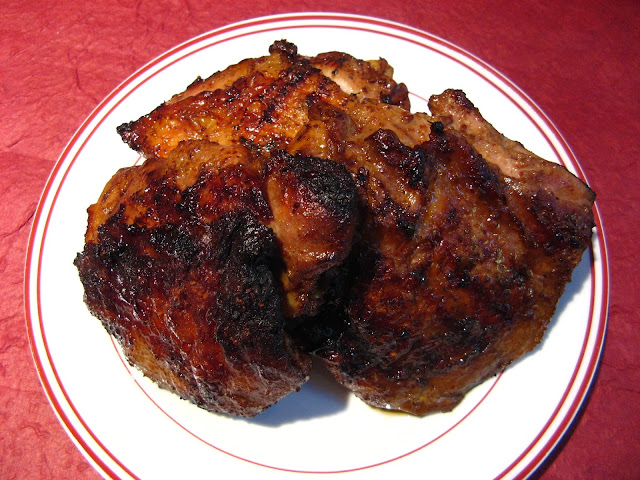This is not the typical noodle dish that I would make for an
everyday lunch because of the ingredients and effort involved in making it. As
with many Chinese dishes, seafood and meat are combined together for a tasty
combination. In this case, the seafood is sea cucumber and shrimp, and the meat
is chicken. In my experience, sea cucumber was served for special occasions and
often at banquets celebrating those occasions. While there wasn’t a special
occasion for making this dish, just having sea cucumber in a dish signifies
that the meal is out of the ordinary. Sea cucumber is available in the USA
either frozen or dried. The dried version takes a few days of preparation, so I
prefer using the frozen version. Sea cucumber can be black or white in color,
with the black type being more common and the white being less available (and
more expensive). There’s no difference in taste that I can detect, so use
whatever type is available.
Hong Kong noodles are used to make this dish and, in keeping
with a dish that’s out of the ordinary, are specially prepared by forming a
disc of noodles, and then making them crispy and slightly burnt for flavor on
the outside, while still being soft on the inside. This can be accomplished by
using a hot wok to crisp and brown the outsides (which is the method I used) or
by baking the noodle disc in a hot oven after spraying oil on the surface.
Since crispy noodles are used in this dish, the other ingredients used as the
topping are “wet”, meaning that the toppings are contained in a corn starch thickened
sauce. Finally, the dish is prepared in reverse from most noodles dishes, in
that the noodles are cooked first, followed by the toppings.
Enjoy!






